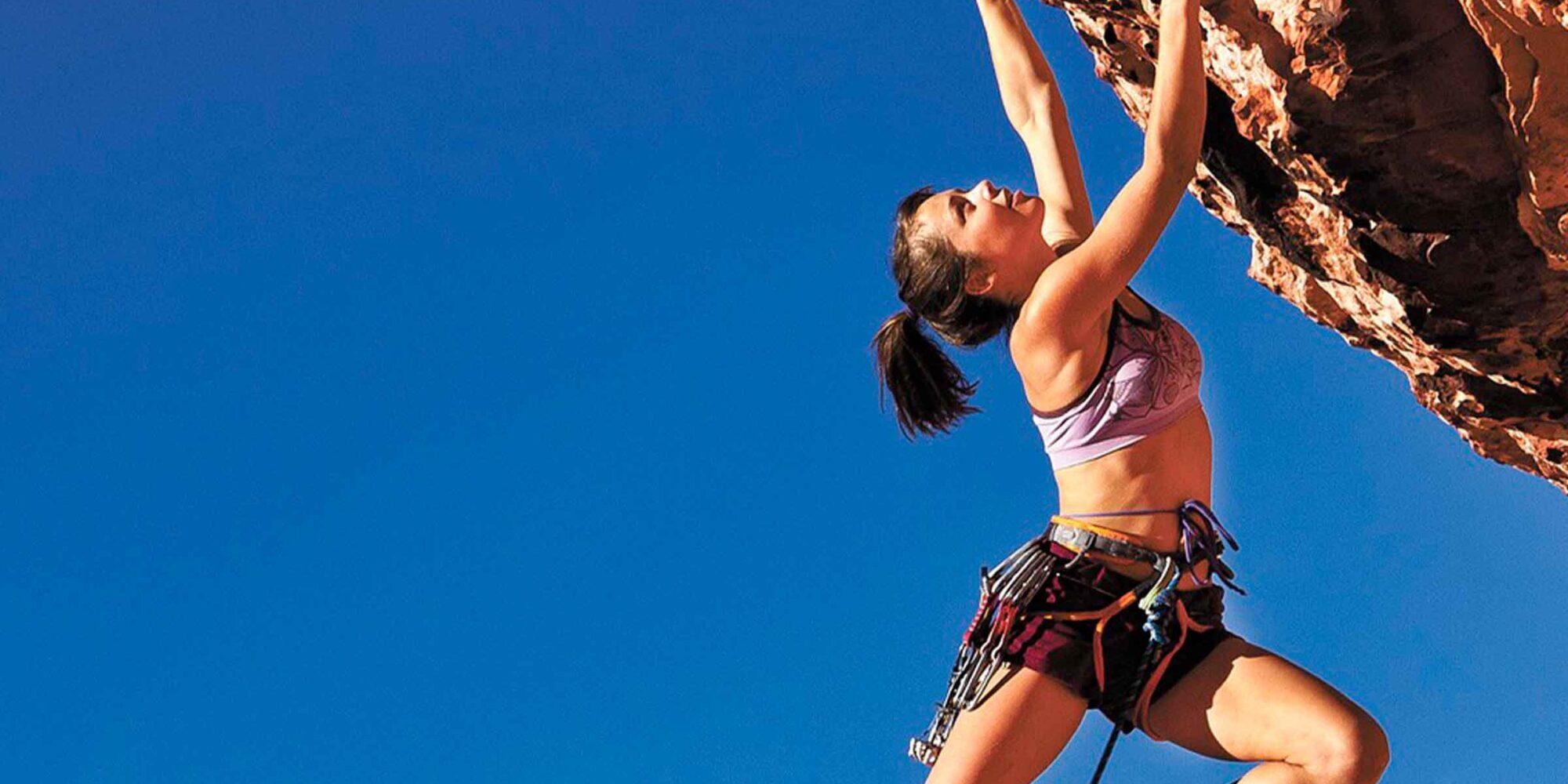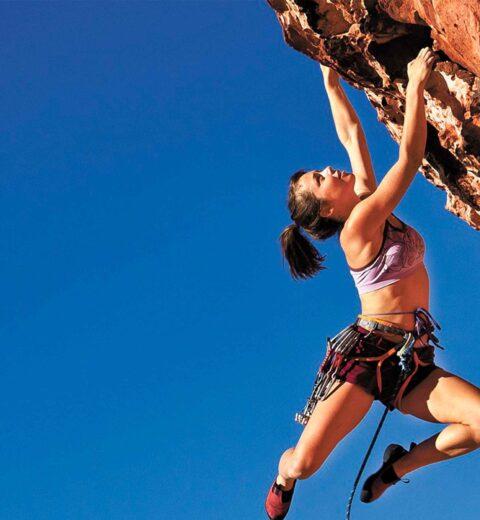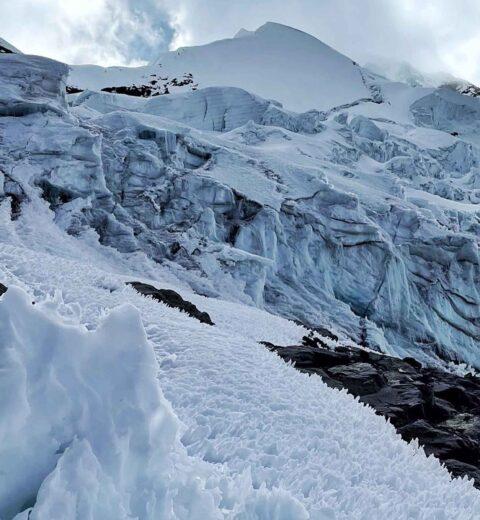
Rock Climbing in Cusco


Rock Climbing in Cusco
 from $ 160.00
from $ 160.00Overview
Rock Climb In Sacred Valley.
The BEST Rock Climbing in Cusco ,is an amazing destination for rock climbing. Surrounded by the beautiful Andes mountains, it offers a variety of climbing spots for all levels, from beginners to experienced climbers. You can find natural rock walls with incredible views of the Sacred Valley and challenging routes that will test your strength and technique. The best time to climb in Cusco is during the dry season, from April to October, when the weather is stable and ideal for this sport.
Whether you want to try bouldering or traditional rock climbing, Cusco is a perfect place to connect with nature, have an adventure, and enjoy an unforgettable experience on the rocks.
Highlights
- Sacred Valley:
- The Sacred Valley, with its dramatic scenery and ancient ruins, offers numerous rock climbing opportunities.
- Climbers can find routes of varying difficulty levels, suitable for both beginners and experienced climbers.
- Sacsayhuaman:
- The historic Inca fortress of Sacsayhuaman, located near Cusco, features impressive rock walls that are utilized for climbing.
- Climbers can enjoy panoramic views of Cusco while ascending these historical rocks.
Types of Climbing:
- Sport Climbing:
- Cusco provides sport climbing routes with pre-placed protection points, making it accessible for climbers of different skill levels.
- Routes are often bolted, offering a mix of challenging and beginner-friendly options.
- Traditional (Trad) Climbing:
- For those seeking a more adventurous experience, there are opportunities for traditional climbing where climbers place their own protection as they ascend.
- Bouldering:
- Some areas in Cusco may also offer bouldering opportunities, allowing climbers to tackle short, powerful routes without the use of ropes.
Trip Details
- Equipment:
- Harness: Worn around the waist and thighs to attach climbers to the rope.
- Helmet: Protects the head from falling rocks or other hazards.
- Climbing Shoes: Designed for better grip on rock surfaces.
- Carabiners and Quickdraws: Used to attach the rope to protection points on the rock.
- Ropes: Dynamic ropes are used to absorb the energy of a fall.
- Types of Climbing:
- Sport Climbing: Involves climbing short, challenging routes with pre-placed protection points.
- Traditional (Trad) Climbing: Climbers place their own protection as they ascend.
- Bouldering: Climbing short, powerful routes without the use of ropes at low heights.
- Top-Roping: A form of climbing where the rope is already secured at the top of the route.
- Safety:
- Climbers use a buddy system, checking each other’s equipment.
- Helmets are worn to protect against falling debris.
- Proper belaying techniques are crucial for safety.
- Techniques:
- Footwork: Efficient use of feet for stability and weight distribution.
- Handholds: Proper grip techniques for holding onto rock features.
- Body Positioning: Optimizing body movement for balance and energy conservation.
- Equipment:
- Harness: Similar to rock climbing harness but often includes additional attachment points.
- Helmet: Protects the head during the descent.
- Descender Device: Controls the rate of descent on the rope.
- Gloves: Protect hands from friction on the rope.
- Process:
- The climber descends a rope by controlling their speed with a descender device.
- Rappelling can be done from natural anchors like trees or rock features, or from artificial anchors like bolts.
- Safety:
- Double-checking all equipment before descending.
- Maintaining three points of contact with the rope and rock during descent.
- Communication with belayers or other team members.
- Uses:
- Descending from a climb after reaching the summit.
- Accessing otherwise inaccessible areas such as caves or canyons.
Itinerary
Rock Climbing & Rappelling Full Day
We will leave at 9:00am. in the morning, after 30 minutes of travel we will arrive to the community of Cachimayo, (departure time is flexible) where our climbing school is located, we will walk another 10 minutes to the rock.
The rock walls are 10 to 25 m, with 3 -6 routes from 5th to 7th grade. The tour includes instruction and practice of rock climbing and bouldering, to improve technique. We will practice the most important knots in climbing, and rappel technique … We will return to Cusco around 4pm.
Notes Itinerario
Included
- professional rock climbing guide
- Climbing equipment: ropes, harnesses, carabiners, descenders, ascenders, helmets, climbing shoes (Gatos), anchors.
- Basic first aid kit.
- transport
No Included
- Sunscreen.
- Windbreaker jackets.
- Sunglasses.
- Water.
- Otros
Recommendations:
- Season: Consider the best time to visit, as weather conditions can impact climbing and rappelling activities. Dry seasons are generally preferred.
- Local Operators: Choose reputable local operators with experienced guides who prioritize safety and sustainability.
- Altitude Considerations: Cusco is at high altitude, so acclimatization is essential for those not accustomed to such elevations.
- Permits and Regulations: Check for any required permits or regulations related to climbing and rappelling in specific areas.
Inquire Now
Related Tours
Here are some other options that will suit your needs



